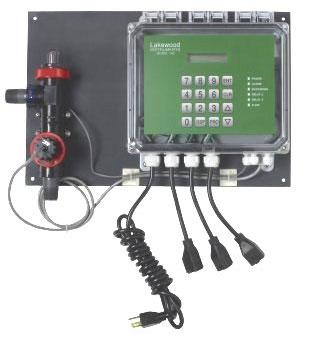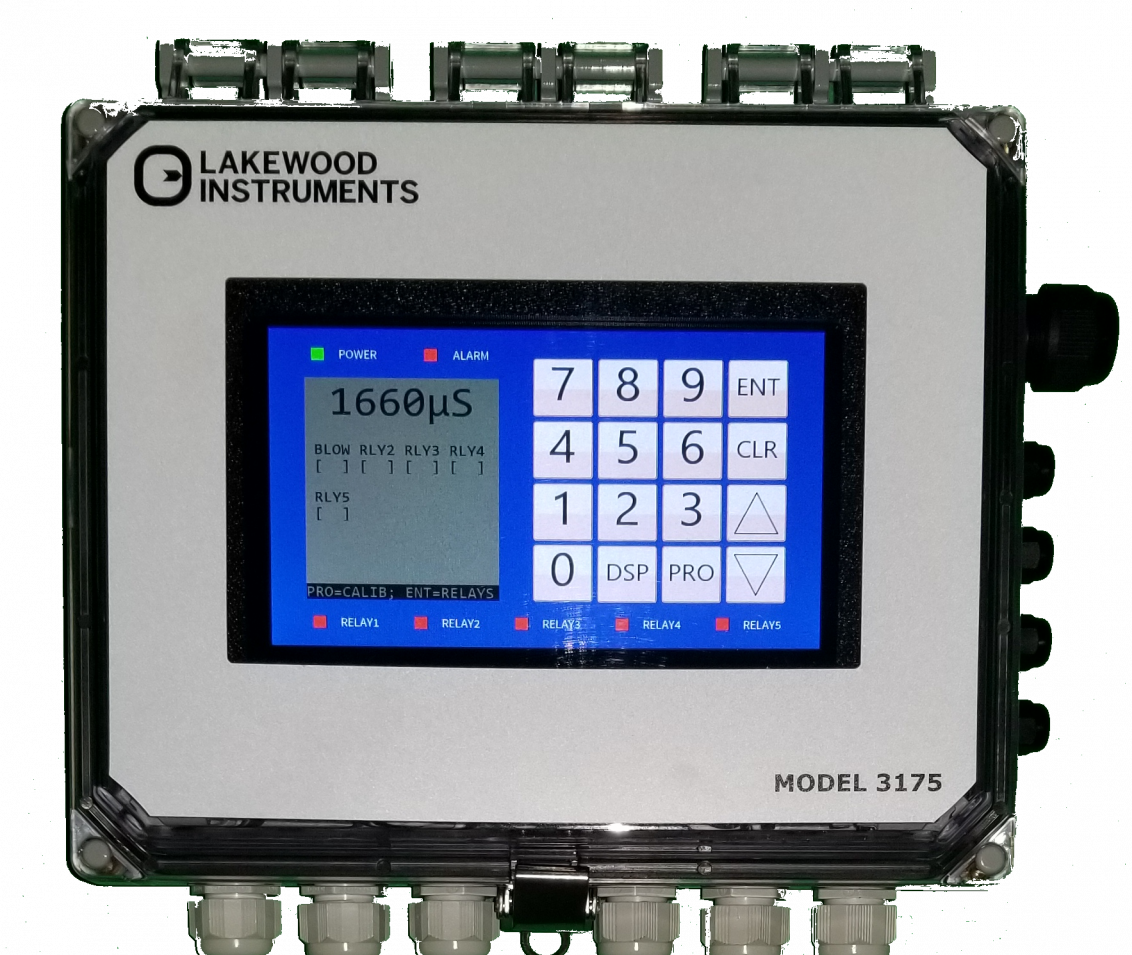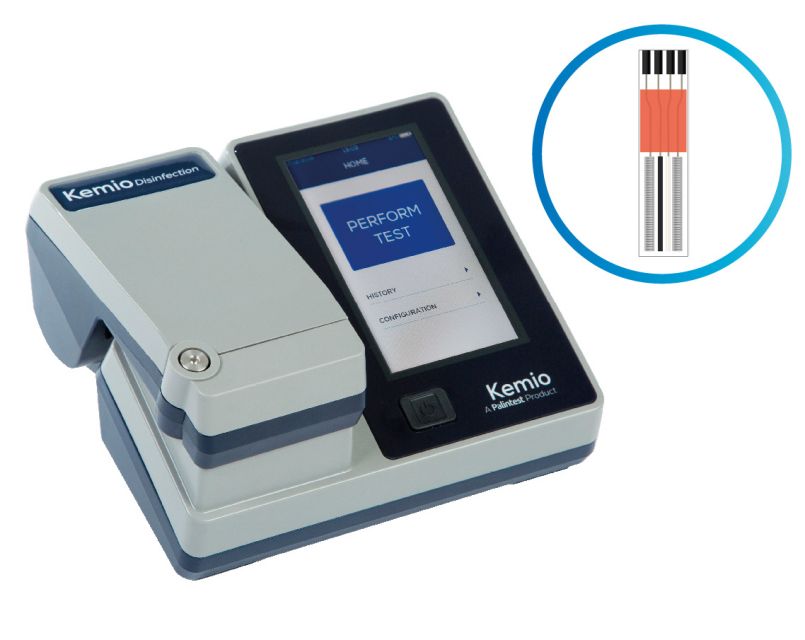Chemical injection pump suction and discharge design
August 29, 2017 0 Comments

Pump Suction Piping System
Piping should be laid out so no high points occur where vapor pockets may form. Vapor pockets reduce the effective flow area of the pipe and consequently make pump priming and operation difficult. Vent any unavoidable high points and provide gauge and drain connections adjacent to the chemical injection pump.
Line Size
Many pump problems result from a suction line that is too small in diameter, or too long. Suction piping should be as follows to provide a smooth transition of fluid flow and result in reduced piping friction losses:
Be short and direct
- Be one to two sizes larger than pump suction connection. Use eccentric type pipe reducers at pump with flat side up to avoid a possible vapor pocket.
- Contain a minimum number of turns. Accomplish necessary turns with long radius elbows or laterals.
Pump Discharge Piping System
Listed below are the fundamental requirements for a discharge piping system.
Piping should not be smaller than the chemical injection pump discharge connection, and should:
- Be as short and direct as possible.
- Be one to two sizes larger than pump discharge connection with increasers used at pump.
Contain a minimum number of turns. Accomplish any necessary turns with long radius elbows or laterals.
- Be provided with gauge and drain connections adjacent to pump.
All positive displacement reciprocating pumps deliver fluid and build pressure until action is taken to control and stabilize the pump’s work or a failure occurs. To protect pump, piping, and personnel from hazards associated with operating a “positive displacement” pump against a “dead head” a safety relief valve should always be provided between the pump and discharge valve.
The safety relief valve should be sized to pass the entire pump capacity and the cracking pressure should be set at 10 percent over the specified working discharge pressure and have an accumulation pressure not exceeding 110 percent of cracking pressure.
The safety relief valve outlet connection should ideally be piped back to the suction supply vessel. Piping back to the suction pipe can cause discontinuities in the suction pipe flow that can result in poor pump operation and damage. Should it become necessary to pipe the safety relief valve back to the suction piping, the connection into the suction pipe should be a minimum of 10 suction pipe diameters in length back toward the suction supply vessel away from the pump suction connection. This will allow any flow discontinuity created by the relief valve flow into the suction
pipe to be smoothed out by time and viscous effect.
A discharge bypass line from the chemical injection pump discharge piping back to the suction supply vessel permits lubrication to reach critical pump and drive parts during startup without subjecting them to high loads and allows all fluid cylinder pumping chambers to become fully primed.
A bypass line with a shut-off valve should be installed in discharge piping between pump and check valve back to suction supply source, not into the pump suction line to prevent flow discontinuity.
Install a discharge check valve beyond the bypass connection to protect pump from discharge system pressure during pump idle periods and pump startup.
Discharges piping “dead ends” are to be avoided or provided with dampening device. This type of feature can be responsible for undesirable piping harmonics and can contribute to elevated levels of vibration and noise.
For some services the natural pump pressure or flow fluctuations may not be appropriate. In these cases it is prudent to use a pulsation dampener for the installation. For maximum effectiveness the dampener should be mounted adjacent to the pump fluid cylinder. Recommendations for dampener size and type can be obtained from dampener manufacturers based on details of pump type and size, service conditions, and piping system.
Install flanges or unions as close to the pump as practical to allow for fluid cylinder removal during maintenance.
Shut-off valves are required in both suction and discharge lines to isolate pump when maintenance is required. They should be of full opening design, such as a gate valve. When connecting two or more pumps to a common suction
and/or discharge line exercise care to prevent a mutuallly reinforcing pressure wave from occurring during operation. This can be achieved by adding the capacities of all pumps that will operate simultaneously to determine line velocities for sizing pipe and calculating the acceleration head. The best way to avoid a mutually reinforcing pressure wave is to install independent suction and discharge lines to each pump.
Figure 31 gives an example of the recommendations outlined in the previous section for an appropriate pump piping system, while Figure 32 provides an example an inappropriate pump piping system configuration.

Also in Blog

Advanced Cooling Tower Management: Enhancing Efficiency with Lakewood Model 140
February 28, 2024 0 Comments

Optimizing Cooling Tower Performance: Understanding Efficiency, Maintenance, and Water Quality Management
February 28, 2024 0 Comments

Revolutionizing Water Analysis: Everything You Need to Know About the Kemio KEM10DIS
April 19, 2023 0 Comments

